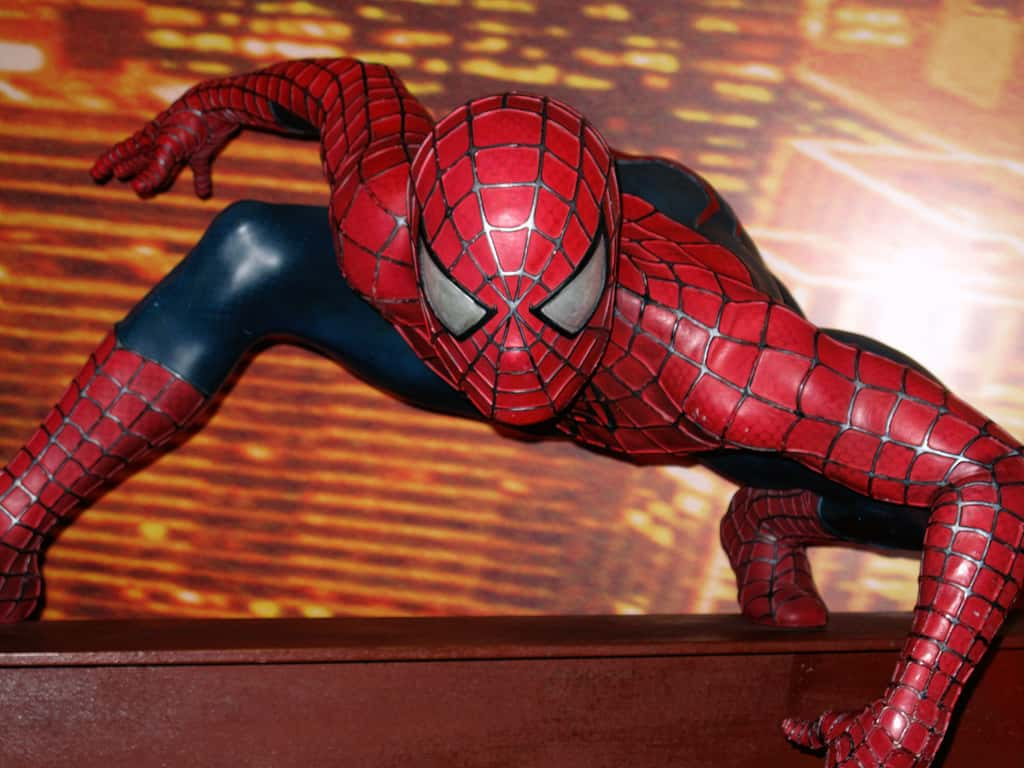Depending on who you ask, you might get a different answer to the question “Who was Marvel’s first superhero?” For the purists, you have to go back to Marvel Comics #1, pulp-magazine Timely Publications' very first release.
Who was Marvel's First Superhero?
Marvel Comics #1
Published in 1939, Marvel Comics #1 featured Namor the Submariner and The Human Torch (an android character different from the Fantastic Four’s Johnny Storm, just to be confusing). The comic was a big success and led to the creation of more famous Timely characters. The most notable? Steve Rogers, or as he's better known, Captain America.
So there you have it. Since Namor is more of an anti-hero than a true superhero, the Human Torch was Marvel’s first superhero....or is he? Despite the fact that Marvel Comics was the series' name, this was still Timely Publications. Decades would pass before the Marvel Comic Universe began under legends Stan Lee, Jack Kirby, and Steve Ditko.
So while the Human Torch technically came first, you could aruge that he wasn’t really the first Marvel superhero. Rather, Marvel Comics as we know them started with a different hero (or heroes, to be more precise). Written by Lee and drawn by Kirby, the Fantastic Four struck a chord with readers.
Fantastic
Before 1961, superheroes were perfect, handsome gods, fighting simplistic battles. Comic books were designed to appeal to children and no one else. When The Fantastic Four #1 first hit shelves in November of that year, it was nothing like its predecessors.
Stan Lee’s Mr. Fantastic, the Invisible Girl, the Human Torch, and the Thing were flawed, petty, and above all, human. They argued. They made mistakes. One of them was literally a monster. Despite their supernatural powers, the Fantastic Four were painfully relatable. Comic book readers had never seen anything like them before.
A New Kind of Hero
The Fantastic Four was a huge hit with readers. The series' success gave Stan Lee the opportunity to create another character, this time with artist Steve Ditko. Again eschewing the superhero archetype, this new character was a nerdy, unconfident teenager. He constantly screwed up. In the very first issue, his selfishness got his own uncle killed.
Spider-Man was an absolute smash hit. Its success laid the groundwork for Marvel Comics to become the medium's uncontested juggernaut. While DC featured polished, idealistic heroes, Superman being the obvious example, Marvel became famous for its unrelenting humanism. Because Marvel heroes were relatable and complex, comic books could go deeper than they ever had before.
Though the early Fantastic Four and Spider-Man issues may seem a little hokey to modern readers, they created a framework that allowed comic books to grow and change. Comic legends like Alan Moore, Frank Miller, and Neil Gaiman all owe a serious debt to these early works by Lee, Kirby, and Ditko.
The True Beginning
So while the Human Torch appeared in Timely Publications’ Marvel Comics #1 in 1939, I would say that Marvel’s first superhero(es) came much later. Stan Lee, Jack Kirby, and The Fantastic Four gave Marvel Comics the identity that millions of people came to know and love. Several Marvel characters technically predate them, but that is where Marvel truly began.
Source: 1

















